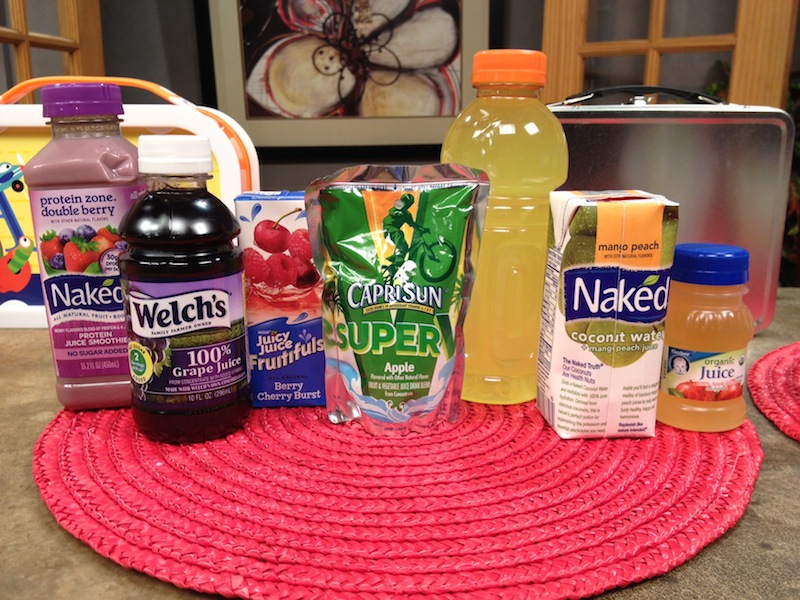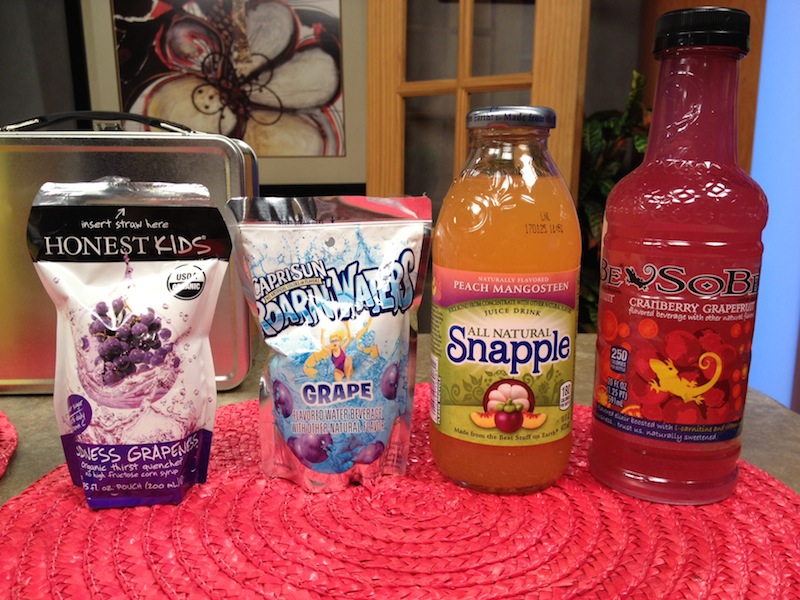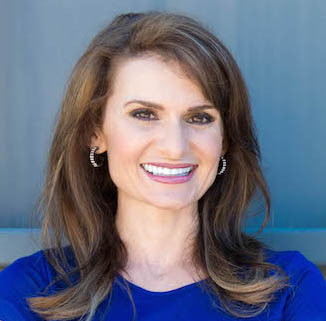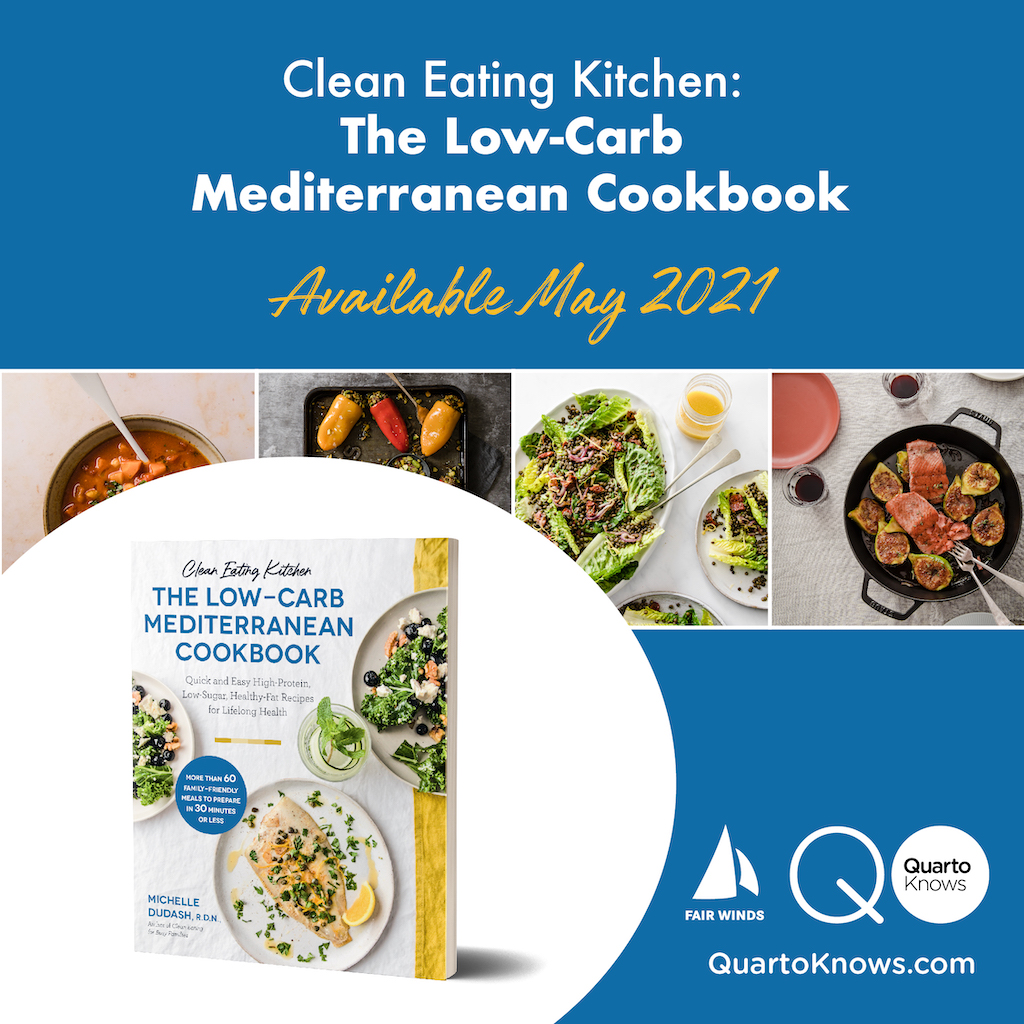TV Nutritionist Shares Best and Worst Kids Drinks

While parents make the effort to slide more fruits and vegetables into their children’s lunch boxes, choosing healthy beverages can often be overlooked or downright confusing. This weekend I stopped by Good Morning Arizona on 3TV with Tess Rafols to share the best and worst in kid’s drinks.
1. Best: Drink daily
Still or sparkling water
Most people older than age one should be mostly drinking water throughout the day to stay hydrated. Add lime, lemon, or orange slices for added flavor.
White nonfat or lowfat milk
The 2010 USDA Dietary Guidelines recommend that kids consume up to three 8-ounce servings of milk or milk equivalents daily. All milk, including flavored milk, is packed with 9 essential nutrients, including calcium, potassium and vitamin D, which the 2010 Dietary Guidelines for Americans (DGAs) identified as three out of four “nutrients of concern.”
Chocolate nonfat milk
I work closely with MilkPEP and am excited to announce how over the past 5 years, the average calories in school chocolate milk have declined by more than 21% and sugars have been cut dramatically by 40%. And on average, school flavored milk now has only 132 calories per serving.
Smoothies made with whole fruit
2. Okay: Limit to drinking occasionally
100% fruit juice like orange, pineapple, and dark purple concord grape
While whole fruit is the better choice over juice, the American Academy of Pediatrics recommends limiting (not to be confused with requiring) 100% fruit juice to 4-6 ounces per day for 1-6 year olds and 8-12 ounces per day for 7-18 year olds. For youngsters, make a little go a long way by diluting it with water. Citrus and concord grape juice have a better nutrition profile compared to apple juice.
Further, the DGAs state:
“Although 100% fruit juice can be part of a healthful diet, it lacks dietary fiber and when consumed in excess can contribute to extra calories. The majority of the fruit recommendation should come from whole fruits…”
Sports drinks
For children exercising for one hour or longer, a sports drink is an acceptable beverage for use during a sporting event. Otherwise, sports drinks are unnecessary and should be limited. Post-exercise, a balanced meal with water or milk offers a more nutrient-rich choice.
Sparkling juices
Read the label closely and look for those with no added sugar, which contain only fruit juice and sparkling water.
3. Worst: Drink as little as possible
These drinks, as well as sports drinks, contribute close to half of the added sugar in American’s diets, offering little nutritional value.
Sweetened, flavored waters “for kids” and other fruity drinks (Capri Sun Roaring Waters, Honest, Sobe)
Most or all of the calories derive from added sugar, with little or no fruit juice.
Juice cocktails, juice drinks, and juice beverages
These contain mostly added refined sugar and little or no fruit juice.
Soda and energy drinks
All 140-150 calories in one can of soda come from added sugar and without vitamins, minerals and other nutrients kids need. Many sodas contain caffeine, making younger children especially susceptible to jitteriness and disrupted sleep times.
Me getting ready to go on air. Smile!
You might also enjoy:
Nutritionist Behind the Scenes During a Satellite Media Tour (SMT)
Nutritionist on Arizona Midday: After-School Snacks
TV Nutritionist Talks Budget-Friendly Breakfasts During SMT






 I'm a chef nutritionist, not the food police. I eat cookies but make sure to eat my broccoli too.
I'm a chef nutritionist, not the food police. I eat cookies but make sure to eat my broccoli too.

